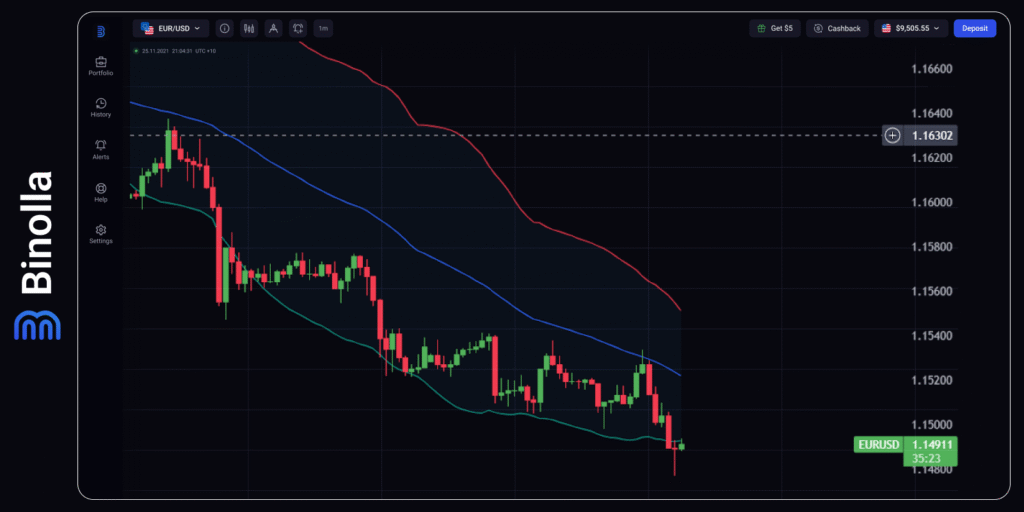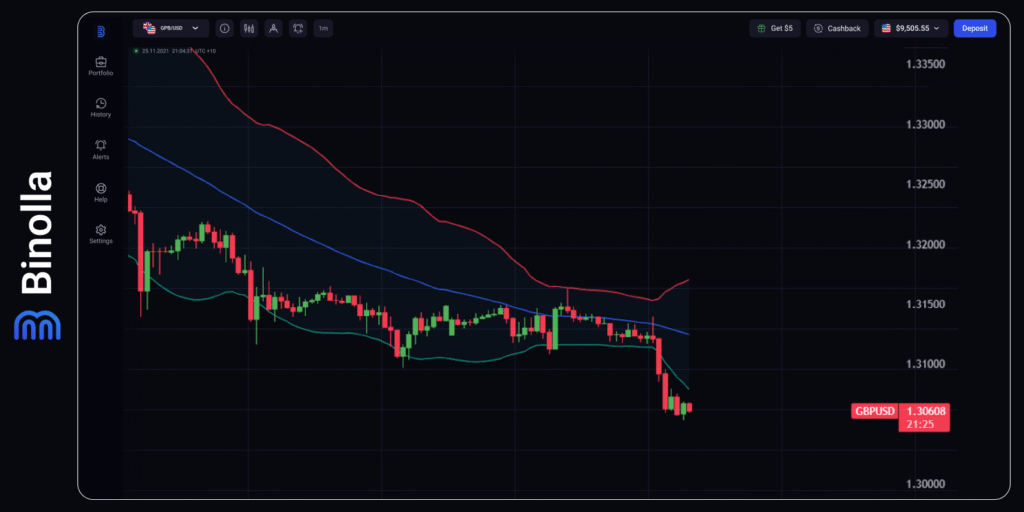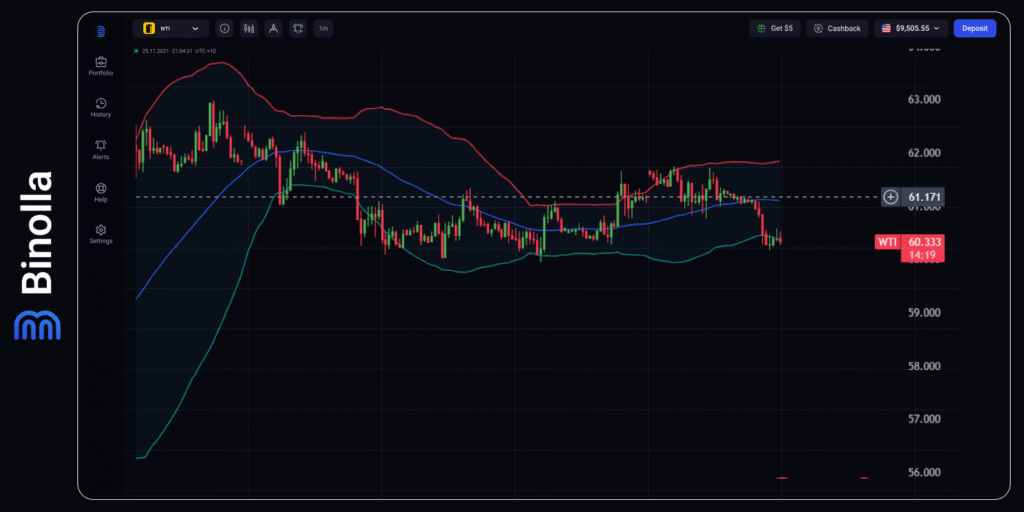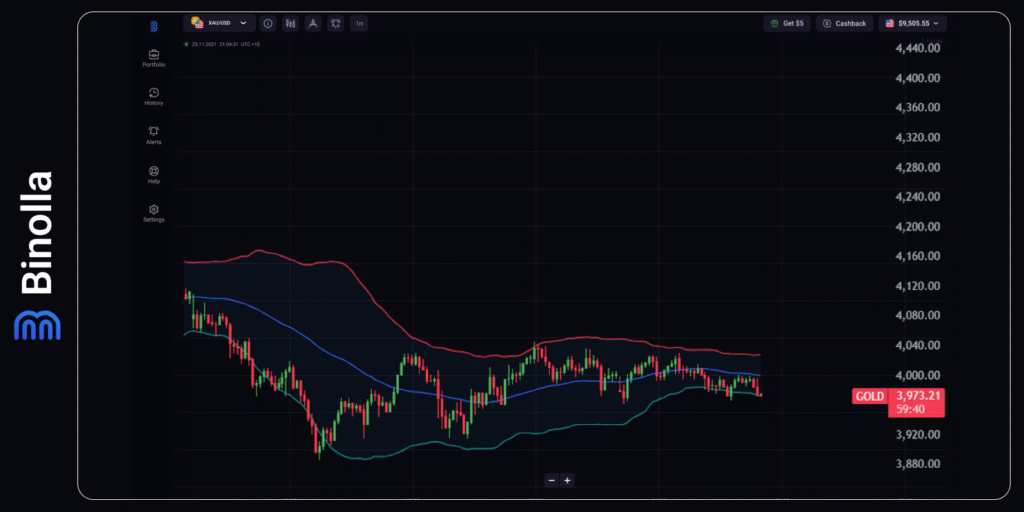US ADP Employment Change: The Key Labor Market Indicator During Shutdown is Widely Anticipated by Markets

Global markets are anticipating the US labor market data that will be published this week. While the official unemployment rate and non-farm payrolls are still unavailable due to the ongoing shutdown, the ADP employment change report can be a very important macroeconomic indicator that the Fed will likely follow closely.
According to expectations, the US economy can add 31,000 new jobs in October, which can be a positive factor, as the Federal Reserve will consider any data during the ongoing shutdown, as no more indicators are available.
According to the FOMC Chair Jerome Powell, the Fed will consider the next easing only when more data comes. This means that the rate cut in December is in question. This means that the Federal Reserve switched to its wait-and-see approach again. For financial markets, such comments mean that the FOMC may stick to current rates for longer, and this provided some additional support to the US dollar.
On the other hand, the ISM Manufacturing PMI came in at 48.7, which is below 50 and even below the previous reading, meaning that the indicator continues to decline. Therefore, all eyes this week are on the ADP data, which may give some cues to the FOMC members.
Contents
EUR/USD: Christine Lagarde and ADP Data will be the Headliners of this week

EUR/USD continues to decline amid a stronger US dollar. The FOMC meeting last week resulted in an interest rate cut, but the Fed remains cautious and needs some more data to make further steps. For now, this means that the central bank is going to switch to the wait-and-see mode until the end of the shutdown or, at least, use the ADP employment data during the meeting that is planned for December.
On the EUR side, the ECB is unlikely to cut rates again this year. According to the latest comments from Christine Lagarde, the central bank will stick to current rates until 2026. With the latest hawkish comments from the Fed, the US dollar is likely to continue outperforming the euro.
From the technical analysis perspective, EUR/USD is trading close to the bottom line of the Bolinger Bands indicator with the closest targets at 1.1520 and 1.1550. When it comes to targets below, if EUR/USD continues to slide, the currency pair may reach 1.1470 and 1.1400.
GBP/USD: The Currency Pair Is Under Pressure Amid Reeves Comments

UK Chancellor Rachel Reeves warned that inflation is too slow to come down, which increases borrowing costs. According to her comments, she is going to announce some fiscal measures during the Autumn Statement. This puts pressure on the British Pound, while the Fed’s hawkish comments support the US dollar.
From the technical analysis perspective, the currency pair is testing the lower band of the Bollinger Bands indicator with expanding lines, meaning that the volatility is increasing. Closest support levels are at 1.3050 and 1.2970. Targets above include 1.3100 and 1.3170.
WTI: Oil Prices Under Pressure

Oil is pressured amid the global demand resurface. The OPEC+ will consider further production increases and is likely to close output increases in 2026 to support oil prices. This pause can’t support oil prices now, but stronger dollar limits the upside.
From the technical analysis perspective, WTI is testing the lower band of the Bollinger Bands indicator confirming the downside. Target below include 59.70 and 59.20, while on the upside, traders can expect the price to reach 61.00 and 61.70.
Gold: Hawkish Fed Puts Pressure on XAU/USD

Gold remains under pressure due to a stronger US dollar. Latest comments from jerome Powell supported the US currency as the FOMC is likely to choose its wait-and-see approach instead of cutting rates in December. Now, markets are waiting for the upcoming ADP data for clarification.
From the technical analysis perspective, gold is trading close to the lower edge of the Bollinger Bands indicator, targeting 3,960 and 3,920. On the upside, closest targets for buyers include 4,000 and 4,040.







